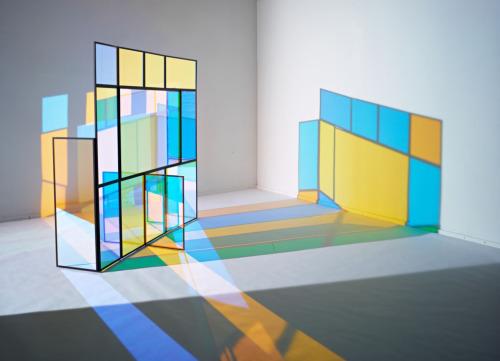Myths About Effects of Sunlight on Perspex

During the Second World War, many different types of plastics were created and used in order to compensate for the weaknesses and shortage of glass. Most of these plastic materials, such as Perspex, are utilised for a wide range of purposes even in the modern world. For example, Perspex signage are employed as effective shop front signs by a large number of businesses.
Some people often mistake perspex for a plastic derived from petroleum. However, it is actually an acrylic material formed entirely due to natural gas processes and therefore, completely inert. This material has several rumours related to impact of sunlight associated with it. Let’s have a look at some of the most common ones:
Becomes Yellow When Exposed To Sunlight For A Long Time
This rumour has probably resulted from the effects of direct sun rays on petroleum based plastics, such as polycarbonate and styrene. These materials become cloudy and develop a yellowish tinge when exposed to direct rays of the sun for extended periods. However, the same thing does not happen to Perspex or any other acrylic-based product. When natural gas turns into acrylic, it becomes inert and unresponsive to sunlight, heat or chemicals. Therefore, the plastic remains bright and clear, and does not form a yellowish tinge.
Cracks, Peels and Bubbles Due to Heat of The Sun
The presumed fact that exposing Perspex to sunlight causes it to form cracks, peels or bubbles is entirely a myth. Some versions of plastic, such as polycarbonate, may peel or bubble due to the heat and then confused with materials made from acrylic. But acrylic sheets are immune to all that. Perspex can often crack after installation, but only because of temperature fluctuations that lead to contraction and expansion of the material.
Affected Negatively By UV rays
Another rumour that has been around for quite some time is that ultraviolet rays from sunlight can have negative impact on Perspex over long-term exposure. As has been mentioned already, Perspex is inert and does not react with sunlight in anyway. One of the best instances of this fact are the cockpit covers on World War II planes, which are still spotless despite years of exposure to sun. However, Perspex does reduce the intensity of ultraviolet rays. For example, when UV rays pass through windows made of Perspex, they get broken up and refracted and then the effect of the radiation become negligible.
Advertise on APSense
This advertising space is available.
Post Your Ad Here
Post Your Ad Here

Comments